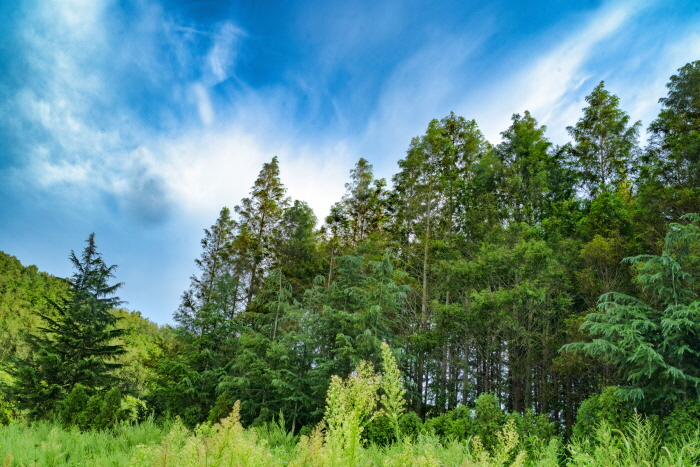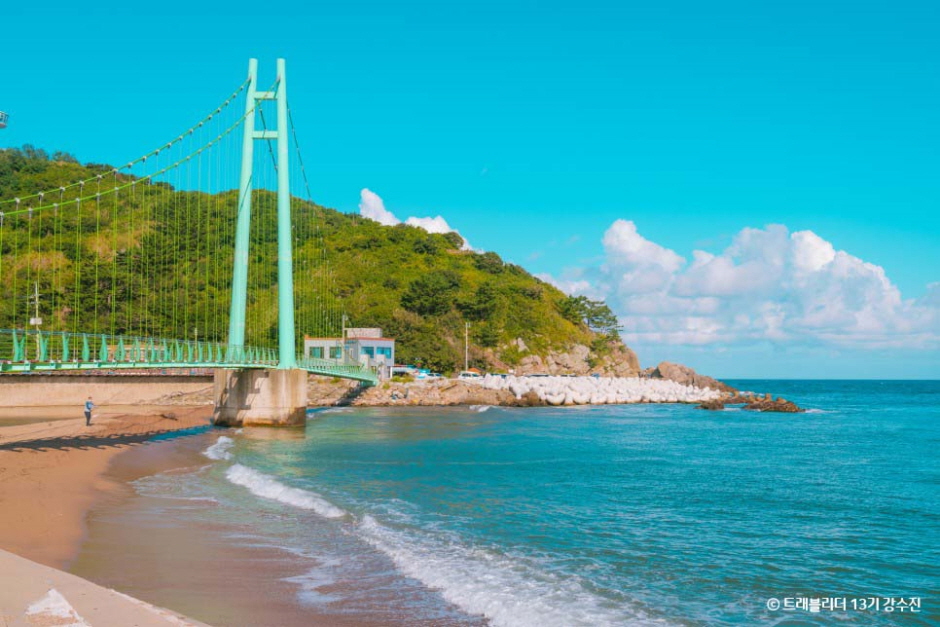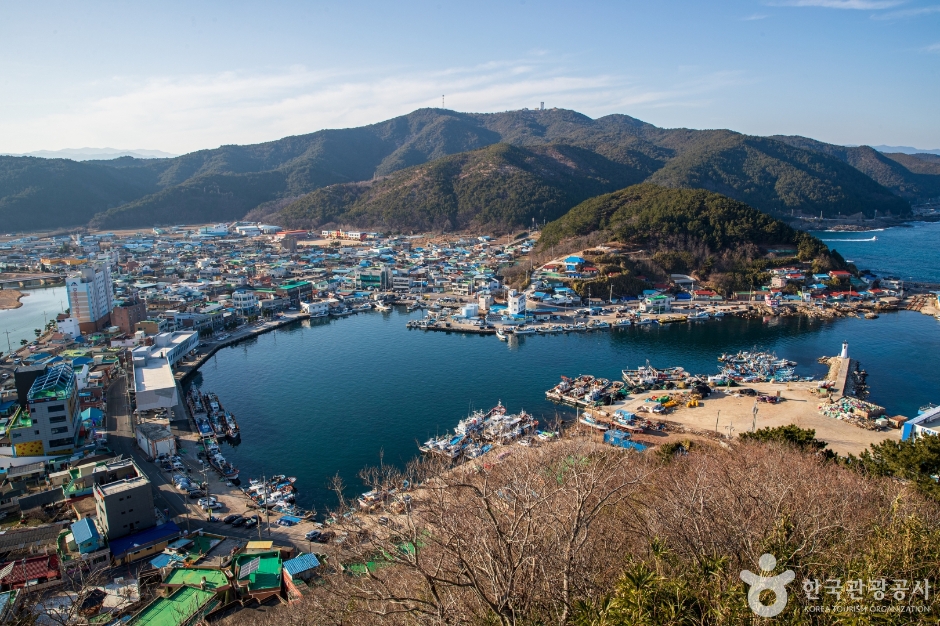Yeomyeong Humanities Healing Center (인문힐링센터여명)
17.0Km 2025-10-23
203 , Jangyuksa 1-gil, Yeongdeok-gun, Gyeongsangbuk-do
The Yeomyeong Humanities Healing Center is a hanok (traditional Korean house) facility nestled in the beautiful nature of Yeongdeok. The center aims to become a popular healing and meditation spot for wellness tourists. It features mind-healing programs, including mind training, meditation, ki (energy) exercise, and health food experiences for today's world where people are under a lot of stress. Experts from different fields help visitors maintain healthy minds and bodies through systemic programs, in response to growing demands for wellness tourism.
Beoryeong-ri Metasequoia Trail (벌영리 메타세콰이어길)
17.9Km 2021-02-09
Yeonghae-myeon, Yeongdeok-gun, Gyeongsangbuk-do
+82-54-730-6533
The trees that line Beoryeong-ri Metasequoia Trail were planted and cared for by a single individual. The tall trees that seem to touch the sky create a peaceful feeling, as if all will be right in the world. The forest trail is open to visitors for free, making it a popular destination for relaxing in a natural environment.
Jukdosan Observatory (죽도산전망대)
19.0Km 2025-01-10
90 Chuksanhang-gil, Chuksan-myeon, Yeongdeok-gun, Gyeongsangbuk-do
Jukdosan Observatory is located along the Yeongdeok Blue Road Course B. The building consists of seven floors in total with a lighthouse on the 7th floor. The main observatory on the 5th floor provides a stunning 360-degree view of the Chuksanhang Port and Yeongdeok. Visitors can also enjoy coffee and snacks at the outdoor observatory on the 2nd floor.
Chuksanhang Port (축산항)
19.0Km 2025-01-13
33 Chuksanhang-gil, Chuksan-myeon, Yeongdeok-gun, Gyeongsangbuk-do
Chuksanhang Port, established in 1924, is located along the beautiful coastline formed by mountain ridges extending from Taebaeksan Mountain to the sea. The port serves as a hub for fish collection and auction, attracting boats from nearby ports. One of the representative ports of Yeongdeok, it is one of the five ports in the country where the crab auction takes place. Visitors can purchase the famous Yeongdeok snow crabs at the fish markets here. The port is a part of the Yeongdeok Blue Road Course B, and is famous as a shooting location of BTS MV “The Most Beautiful Moment in Life: Young Forever.”
Yeongyang Birch Forest (영양 자작나무숲)
19.4Km 2024-02-23
39-1 Jukpa-ri, Subi-myeon, Yeongyang-gun, Gyeongsangbuk-do
Yeongyang Birch Forest was established in 1993 in the Jukpa-ri region of Geommasan Mountain. It boasts a scenic path meandering through the white birch tree trunks and a canopy of lush green leaves. The trail's gentle slope ensures a comfortable walk. Two different walking trails are available for visitors. Trail 1 is a 1.5 km journey beginning at the wooden bridge and culminating at the observatory deck. Trail 2, slightly longer at 1.52 km, starts from the first picnic area and also leads to the observatory deck.




 English
English
 한국어
한국어 日本語
日本語 中文(简体)
中文(简体) Deutsch
Deutsch Français
Français Español
Español Русский
Русский